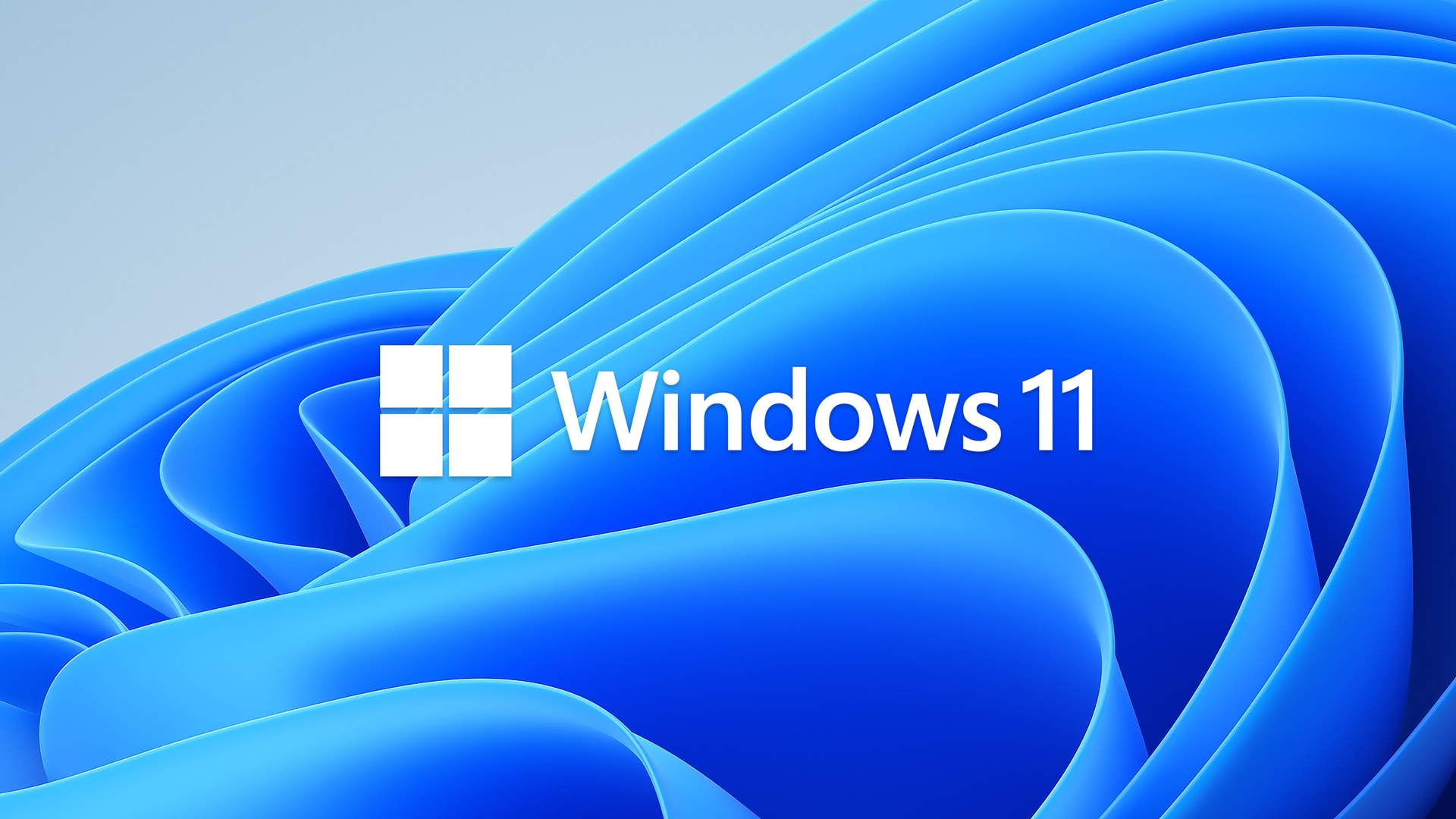The Xbox Series S was an ingenious idea by Microsoft, combining the convenience of a console with a streamlined budget that would appeal to the masses. Add Game Pass to the equation, and you have a pretty solid budget gaming setup with a lot to play. The current lifecycle of the console is looking to be a bit shaky as it crumbles under the massive weight of highly demanding current-gen games, but for many gamers, it still represents one of the most affordable entry points into modern gaming.
While consoles and PC are quite different in both form and functionality, it’s always an interesting prospect to see how a console fare against a PC – especially given the budget proposition of the Series S? How much would it actually cost to build a PC that’s comparable to the Xbox Series S in terms of specs and performance? With this feature, we will try to find exactly that as we run down freshly-brought individual parts and build a gaming PC.
Please note that these prices are relevant to the time of writing, and are subject to change in the future.
CPU
The CPU on the Xbox Series S is quite powerful for the price. It’s a custom Zen 2-based chip with 8 physical cores running at 3.6 GHz, and it drops down to 3.4 GHz when simultaneous multi-threading is enabled. This generation of consoles has made quite the leap when it comes to CPU performance, boasting a great combination of single-core and multi-core efficiency.
For our system of choice, we are going to go with the AMD Ryzen 5 3600, which comes packed with 6 cores and 12 threads that go up to 4.2 GHz when it boost mode. It might not have the larger L3 cache or the latest architecture of more recent Ryzen chips and it definitely does not match in terms of cores, but it should prove to be a great match to our GPU without leaving any performance on the cutting floor.
Going with an older gen CPU also helps us in saving a few precious bucks without compromising on the authenticity of the build, and you can find the Ryzen 5 3600 going for around $75 on Amazon.
GPU
As for the GPU, the Xbox Series S features a paired back version of the custom chip that powers the Xbox Series X. It’s based on the RDNA2 architecture, and has 12 Compute Units (CUs) each running at a frequency of 1.55 GHz that come together for a total compute power of around 4 teraflops, which is just a third of the raw grunt that Xbox Series X boasts. However, we also get to see hardware ray-tracing support on the chip, so we are going to be needing a solid chip to compete on a budget.
Checking all of those boxes and our GPU of choice is the RX 6600, which comes packed with 8 GB of GDDR6 RAM. It shares the same RDNA2 architecture as the Series S, but has a much more solid performance with a raw grunt of almost 9 teraflops. Of course, the Series S has the advantage of hardware-specific optimizations on its side – so the difference between the two chips is not as wide as it seems but we are definitely at a bit of advantage over here.
The GPU should also pair nicely with our CPU, ensuring both of them can reach 100% utilization without encountering any bottlenecks. It can be found at around $220 on Amazon.
RAM
For the RAM, we are going with the Crucial 16 GB kit of the DDR4 kind that runs at 3200MHz. It’s not the fanciest looking RAM with the RGB shenanigans, but it gets the job done and at an asking price of just $54 on Amazon – you really can’t complaint.
The Xbox Series S shares the same 10 GB of GDDR6 memory dynamically between the CPU and GPU, but our machine has a bigger advantage with separate CPU memory and GPU memory and each is quite sufficient for our purposes of 1080p to 1440p gaming at comfortable frame-rates.
SSD: 1 TB and 500 GB

One of the biggest advancements the current-generation has brought over the last is the addition of a PCI e 4.0 SSD, which has not only dramatically brought the load times down but also opened up new avenues for developers by letting them use the disk for loading assets in certain cases as opposed to RAM. Many current-gen games also require similarly high-speed storage on the PC as well, and Windows DirectStorage API has enabled developers to replicate the same behaviour on PC as well.
As such, we will be needing a similarly high-speed SSD and we are going to go with Crucial P310. The 500GB variant comes at around $46 on Amazon and the 1TB will cost you another roughly $30 premium totalling up to $76 on Amazon.
Motherboard

The ASUS B550M will house all of our components in place. It’s not the fanciest board out there, but it has all the required features at an affordable price. It supports the CPU without needing any BIOS upgrades, has 2 RAM slots, along with PCIe 4.0. It’s available for $120 in microATX form on Amazon, and at that price, you really cannot complain.
PSU

It’s always a good practice to invest in a premium PSU, because the performance and reliability of all these components are solely dependent upon whether they are getting enough power in a stable manner or not. As such, always make sure to go with a 80+ certified piece from a reputed brand, and we are going to go with the MSI 650W 80+ bronze power supply which comes for around $70 on Amazon.
Case

The case of our choice is the Cooler Master Q300L. It comes from a reputable brand, and while it may not be the most stylish case on the market – it’s compatible with our MicroATX motherboard, has good room for cable management, and the tampered glass side panel is also a good bonus to have. You can find it going for $40 on Amazon.
Keyboard, Mouse, And HDMI

We are obviously going to be needing a keyboard and mouse for our day-to-day operations, and the combo of our choice comes from Verbatim. It’s of the wireless kind, so don’t expect to be gaming at super low latencies with this kit, but it should be more than enough for regular use. Priced at just $20, this keyboard and mouse combo is a no brainer and you can find it on Amazon.
We are of course going to need an HDMI cable to connect our system to a display, and for that purpose – we will be taking the Anker Certified High Speed cable. It’s from a reputable brand, good enough for our purposes – and priced at $10 on Amazon.
Controller

To replicate the playing experience of a gaming console, we are going to be needing a controller as well. We are going to go with the Xbox Series S wireless controller which is priced at $70 on Amazon. It’s a premium product with a proven track record of superb ergonomics, low latency, and detailed haptics that come together to enrich the player experience to a higher degree. You can always opt for a cheaper alternative, but for the sake of authenticity – we will be going with this controller for the build.
OS: Windows 11 Home (64-bit)

The Xbox Series S comes loaded with its custom operating system, but on the PC side of things, we will need to spend extra to procure a licensed version of Windows 11, which will cost you around $140. Going the Windows route practically ensures compatibility with all modern AAA titles, and the Windows DirectStorage API also helps with smoothing out performance.
Conclusion
In conclusion, the PC that we have proposed will cost you around $865 when going with a 500 GB SSD, or around $895 if you spring up for a 1 TB SSD. It’s a lot more expensive than the Series S which costs just $380 for the 512 GB variant and $430 for 1 TB variant, but the performance of this system is going to be significantly superior than the console – ensuring that most modern AAA games run smoothly at 60fps on 1440p resolutions while maintaining decent graphics options. It’s also more future proof than the console, as plenty of current-gen games are already struggling to run on Xbox Series S and we have just reached half of this generation’s lifecycle.
While the price difference between the two is certainly a lot, you could shorten the gap by going with used parts or opting for older-generation tech. But the intent of this feature isn’t to compare and objectively announce a winner between a console and a PC, but to give a real estimation of how much would it cost to build something similar now that the system is almost 5 years old at this point. It’s also going to be interesting to see how this gap pans out going forward, so stay tuned for that as well.













